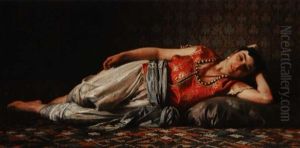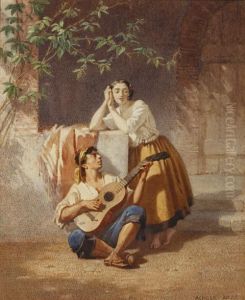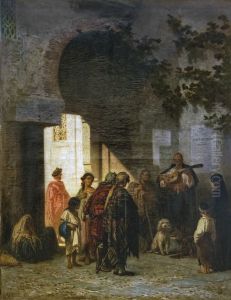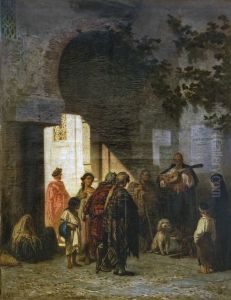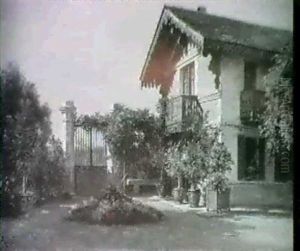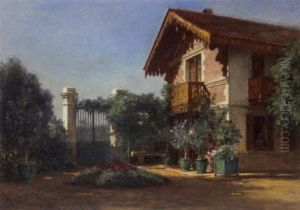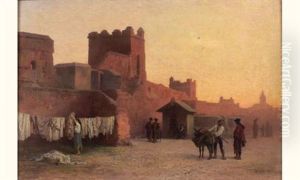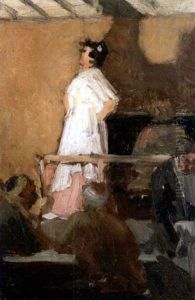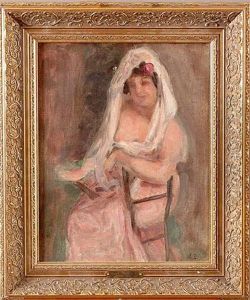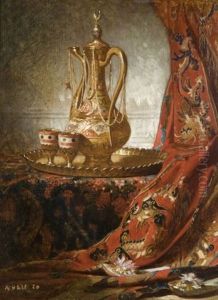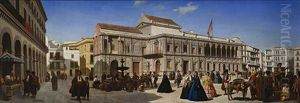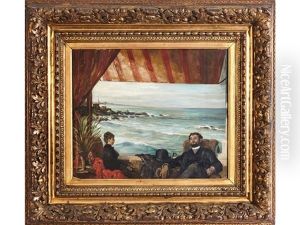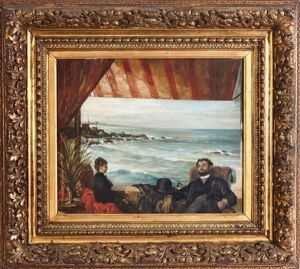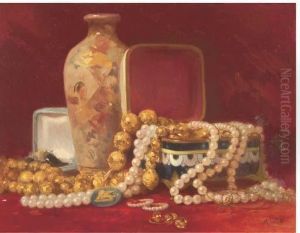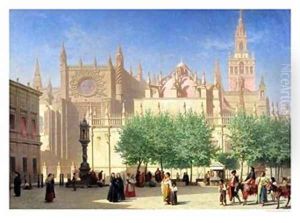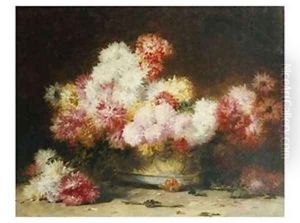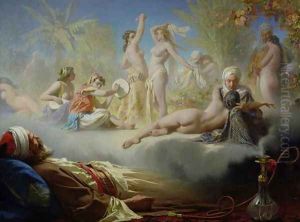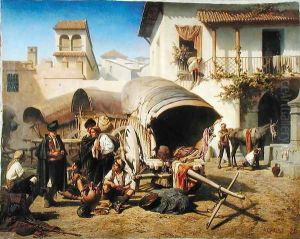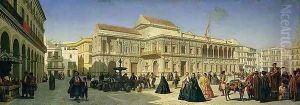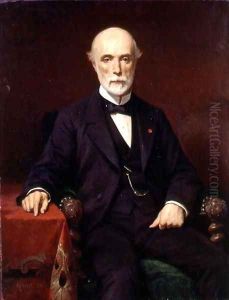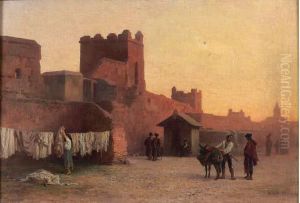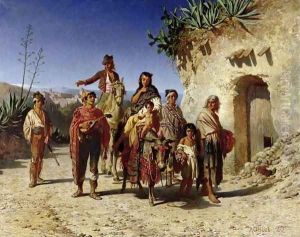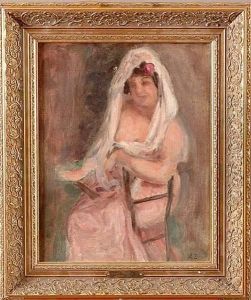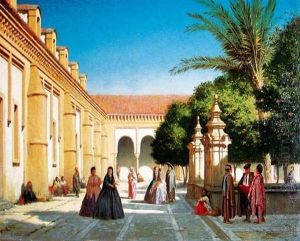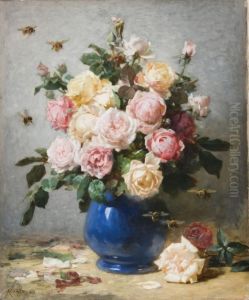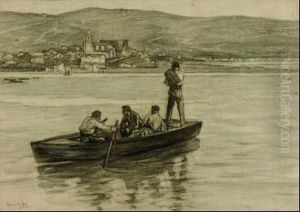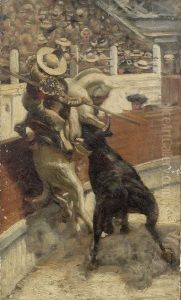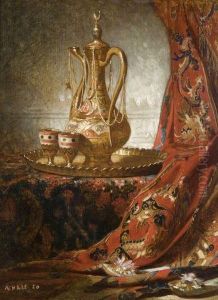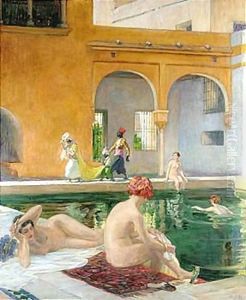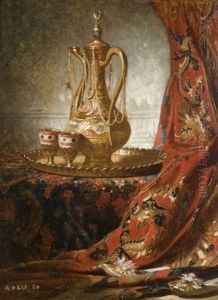Achille Zo Paintings
Achille Zo, born in Bayonne, France, in 1826, was a distinguished French painter known for his expertise in genre painting, particularly scenes of historical and oriental themes. His career spanned much of the 19th century, a period marked by significant changes in the art world, with the rise of movements like Romanticism and Impressionism. Despite these evolving tastes, Zo maintained a classical approach to painting, focusing on meticulous detail, vibrant colors, and the human figure.
Zo received his initial training in art at the Ecole des Beaux-Arts in Paris, where he was under the tutelage of François-Édouard Picot, a well-known academic painter of his time. This foundational education set the stage for Zo's career, imbuing him with a strong grasp of classical techniques and composition. Throughout his career, he exhibited at the Paris Salon, the official art exhibition of the Académie des Beaux-Arts in Paris, where he gained recognition and accolades for his work.
His paintings often depicted scenes from French history and mythology, as well as exotic subjects influenced by the Orientalist trend of the 19th century. This trend was marked by European artists' fascination with the cultures of North Africa and the Middle East, which were considered exotic and were popular subjects among collectors and the public alike. Zo's orientalist paintings are particularly noted for their attention to detail and the vibrant portrayal of fabrics and interiors, which showcased his skills in capturing texture and light.
Despite his adherence to the academic style, Zo's work also displayed a keen observation of human emotions and social interactions, characteristics that added depth to his historical and oriental compositions. His ability to blend technical skill with a narrative quality made his paintings popular among his contemporaries.
Achille Zo's contributions to French art were recognized in his time, but like many artists of the academic tradition, his work was somewhat overshadowed by the emerging modernist movements at the turn of the 20th century. Nonetheless, his paintings remain an important part of the narrative of 19th-century French art, illustrating the period's complex interplay between tradition and innovation. Zo passed away in 1901, leaving behind a legacy that continues to be studied and appreciated by art historians and enthusiasts alike.
